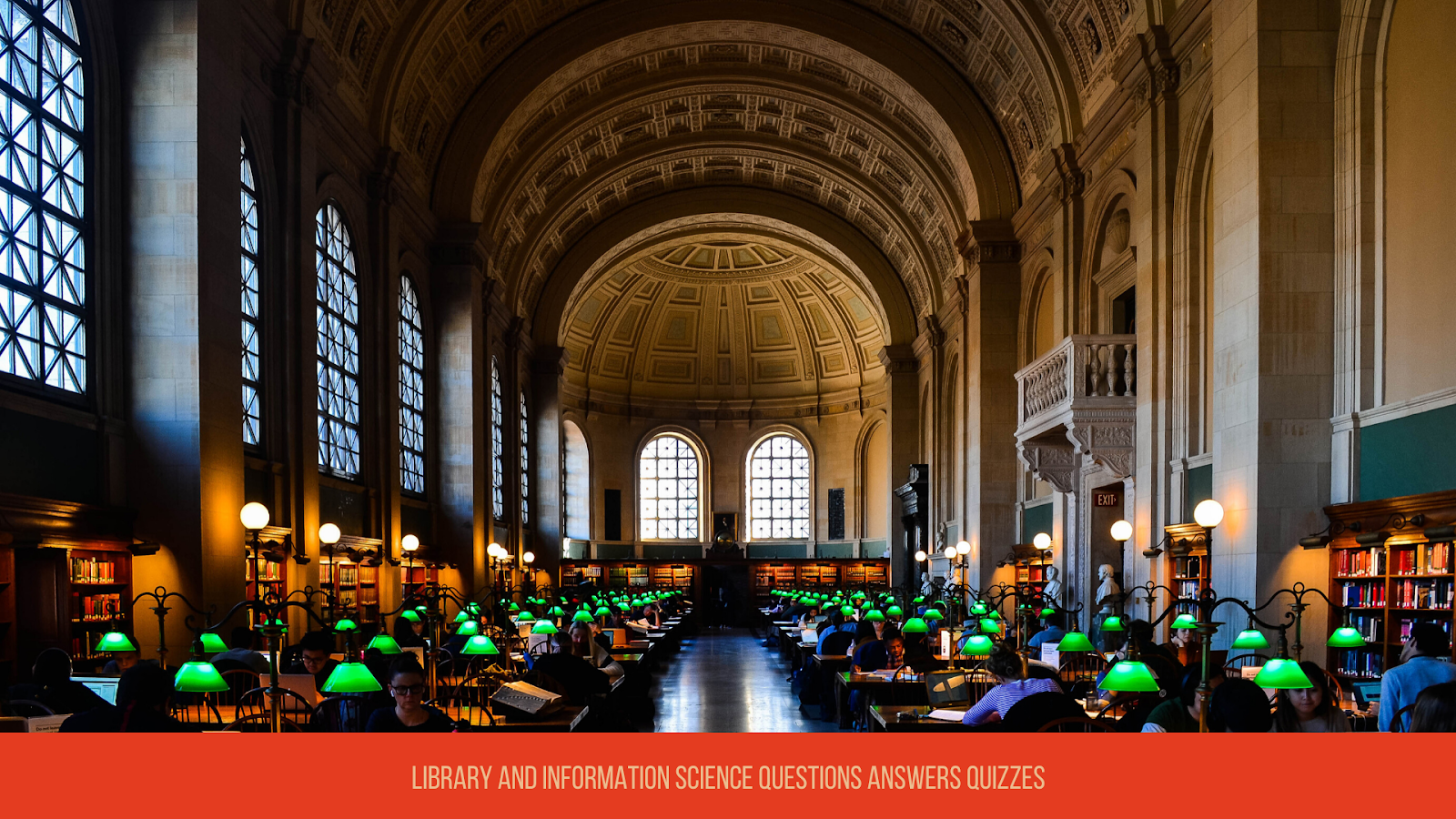QUESTION
The Semantic Web is a web that is able to describe things in a way that computers can
OPTIONS
OPTIONS
(a) convert
(b) not understand
(c) understand
(d) compile
(b) not understand
(c) understand
(d) compile
ANSWER
(c) understand
The Semantic Web is a web that is able to describe things in a way that computers can understand
Describing things in a way that computers applications can understand is what the Semantic Web is all about.
Semantics is the study of the meanings of words and phrases in language. The word 'semantic' stands for the meaning of. The semantic of something is the meaning of something.
"The Semantic Web is an extension of the current web in which information is given well-defined meaning, better enabling computers and people to work in cooperation."
- “A new form of Web content that is meaningful to computers will unleash a revolution of new possibilities.”
“The Semantic Web will enable machines to comprehend semantic documents and data, not human speech and writings.”
“The explicit representation of the semantics of data, accompanied with domain theories (that is, ontologies ), will enable a Web that provides a qualitatively new level of service.”
The Semantic Web is a collaborative effort led by then World Wide Web Consortium (W3C) to provide a framework that allows data to be shared and reused across application, enterprise, and community boundaries.
Semantic Web
Semantic Web is described in Wikipedia⁵ as below:
The Semantic Web is an extension of the World Wide Web through standards set by the World Wide Web Consortium (W3C). The goal of the Semantic Web is to make Internet data machine-readable. To enable the encoding of semantics with the data, technologies such as Resource Description Framework (RDF) and Web Ontology Language (OWL) are used. These technologies are used to formally represent metadata. For example, ontology can describe concepts, relationships between entities, and categories of things. These embedded semantics offer significant advantages such as reasoning over data and operating with heterogeneous data sources.
These standards promote common data formats and exchange protocols on the Web, fundamentally the RDF. According to the W3C, "The Semantic Web provides a common framework that allows data to be shared and reused across application, enterprise, and community boundaries." The Semantic Web is therefore regarded as an integrator across different content and information applications and systems.
The term [semantic web] was coined by Tim Berners-Lee for a web of data (or data web) that can be processed by machines—that is, one in which much of the meaning is machine-readable. While its critics have questioned its feasibility, proponents argue that applications in library and information science, industry, biology and human sciences research have already proven the validity of the original concept.
Berners-Lee originally expressed his vision of the Semantic Web in 1999 as follows:
I have a dream for the Web [in which computers] become capable of analyzing all the data on the Web – the content, links, and transactions between people and computers. A "Semantic Web", which makes this possible, has yet to emerge, but when it does, the day-to-day mechanisms of trade, bureaucracy and our daily lives will be handled by machines talking to machines. The "intelligent agents" people have touted for ages will finally materialize.
The 2001 Scientific American article by Berners-Lee, Hendler, and Lassila described an expected evolution of the existing Web to a Semantic Web. In 2006, Berners-Lee and colleagues stated that: "This simple idea…remains largely unrealized". In 2013, more than four million Web domains contained Semantic Web markup.
SEE ALSO
REFERENCES
1. Library of Congress, "Semantic Web and Linked Data Quiz," https://www.loc.gov/catworkshop/bibframe/Training/part1a/index.htm (accessed February 11, 2020).
2. Library of Congress, "The Semantic Web and Linked Data Concepts: A Basic Overview," https://www.loc.gov/catworkshop/bibframe/Module1-Part1.pptx (accessed February 11, 2020).
3. Tim Berners-Lee, James Hendler and Ora Lassila, "The Semantic Web", Scientific American, May 2001, p. 29-37.
4. W3C. What is the Semantic Web? Downloaded February 12, 2014 from http://www.w3.org/2001/sw/
5. Wikipedia, "Semantic Web," https://en.wikipedia.org/wiki/Semantic_Web (accessed May 19, 2020)
5. Wikipedia, "Semantic Web," https://en.wikipedia.org/wiki/Semantic_Web (accessed May 19, 2020)
FEEDBACK
- Help us improve this Library and Information Science quiz article! Contact us with your feedback. You can use the comments section below, or reach us on social media.


